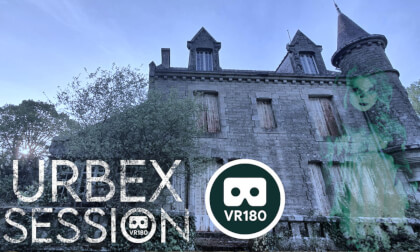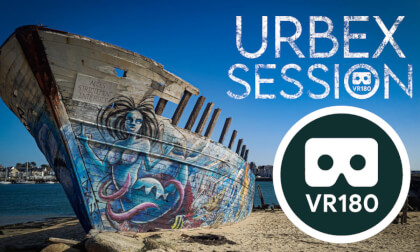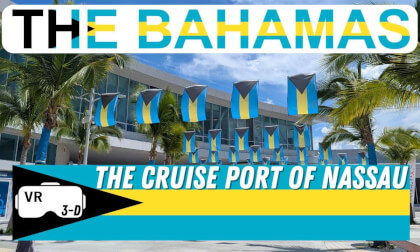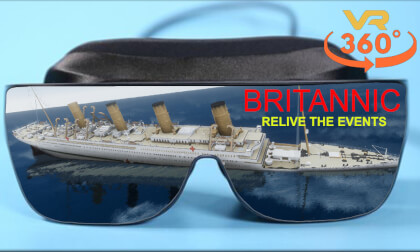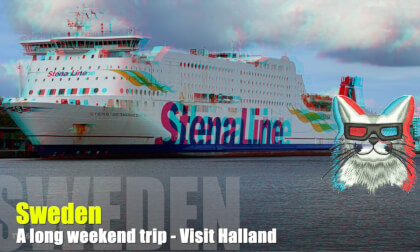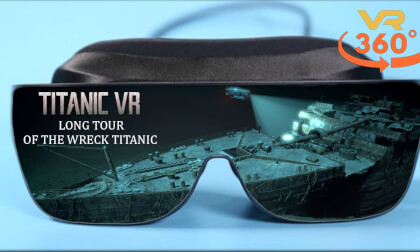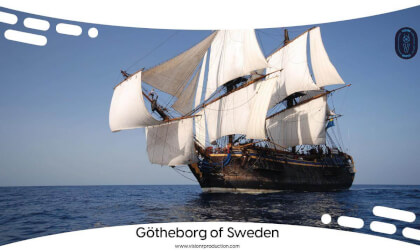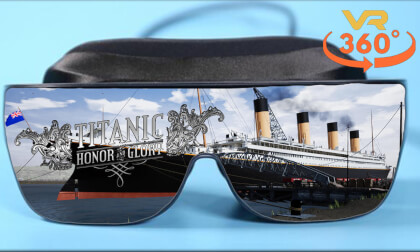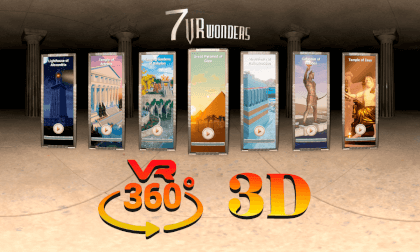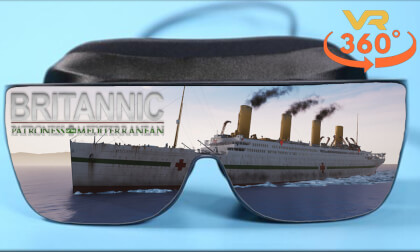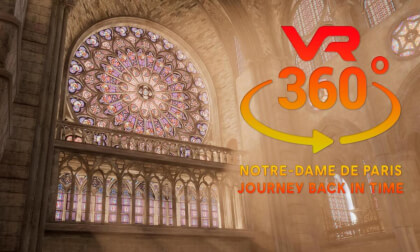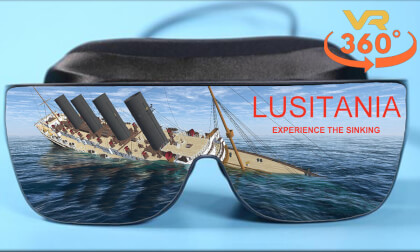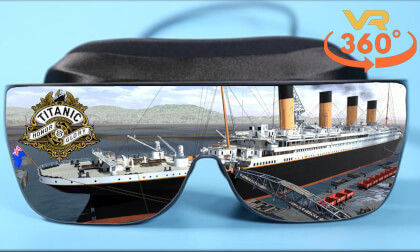New: AI passthrough!
This amazing Deo feature uses the power of AI to turn every VR scene into AR passthrough! Now you can take characters out of VR and have them right there with you - as if they were in the same room.
Notice: AI Passthrough is presently in beta mode, and as such, users may encounter occasional service imperfections. The feature is currently exclusive to the DeoVR app, but it will soon be accessible on both browsers and mobile devices. Your feedback is highly encouraged and appreciated.
Recommended headsets:
Meta Quest 3, and Quest Pro with stereoscopic color passthrough, Pico 4 (monoscopic color passthrough).
Compatible headsets:
Quest 2, Valve Index (monoscopic black and white passthrough).
Passthrough is not compatible yet for Oculus Link cable.
Check out our complete guide to passthrough and join in the discussion at our busy forum.
The long tour of the wreck Titanic would be led by experienced underwater explorers and historians, who would take groups of tourists down in submersibles to explore the remains of the famous ship that sank over 100 years ago. The submersibles are specially designed to withstand extreme pressure at depths of over 12,000 feet below sea level.
As the tourists descend deeper into the ocean, they would begin to see the ghostly outlines of the wreckage looming ahead of them. The first sight that greets them is the massive rusted bow section of the ship. It's still recognizable as it rests on the ocean floor, despite being torn from the rest of the hull during the sinking. As they move further into the wreck area, the group would encounter various other parts of the wreck - some barely recognizable, others looking much the same as they did when the ship went under.
The tour guide explains historical facts about the vessel as they explore different sections like the bridge, boiler rooms, debris field, artifacts, personal belongings of passengers, etc., giving visitors a glimpse into what life was like aboard the luxurious liner before catastrophe struck. They get to know how the ship met its tragic end due to the collision with an iceberg and lives lost in this tragedy.









